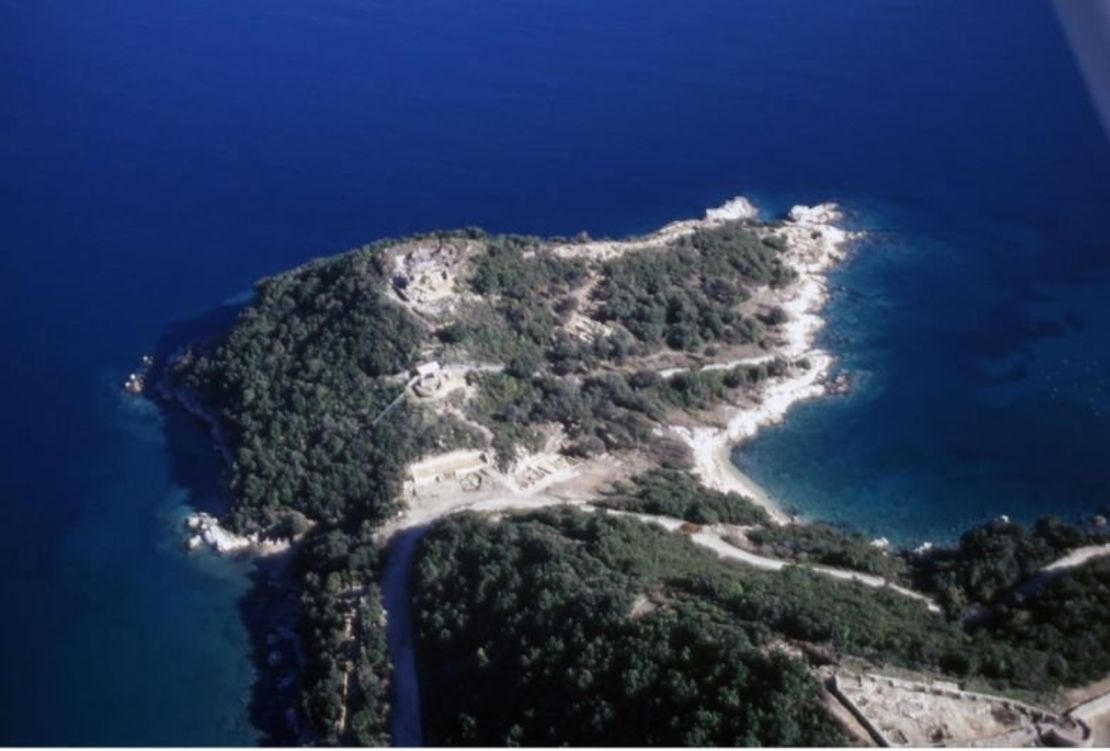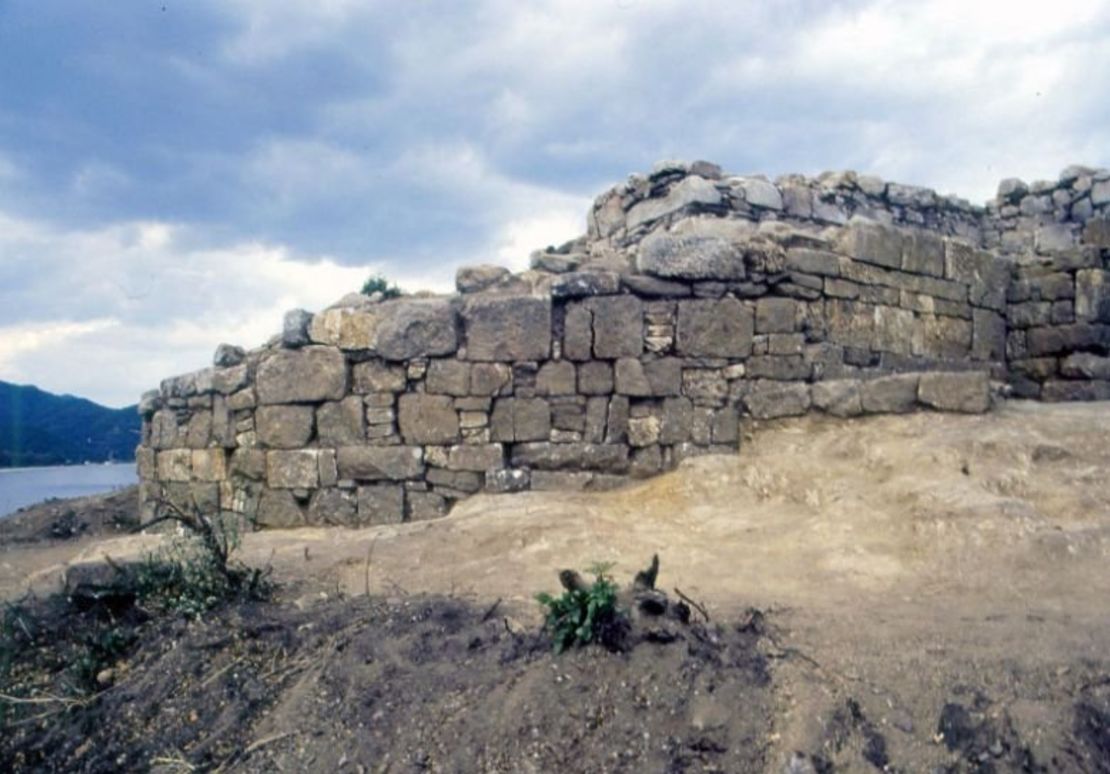Is this Aristotle’s tomb? | CNN (original) (raw)

Story highlights
Archaeologists believe they've discovered Aristotle's tomb
Aristotle is regarded as one of history's greatest philosophers
CNN —
A Greek archaeologist believes he has discovered the tomb of Aristotle.
Konstantinos Sismanidis, who has been painstakingly excavating the ruins of Stagira since 1990, told CNN his team has very strong evidence the 2,400-year-old tomb belongs to the great philosopher.
Sismanidis said the structure, about 40 miles east of Thessaloniki, was built to honor Aristotle’s death in 322 B.C.
“It was constructed very rapidly,” he said. “It was in the center of the ancient city Agora.”

“We know that Aristotle died in Chalcis on the island of Euboea,” he explained. “But after some years, they took his ashes and placed them in a bronze vessel.”
“They brought his ashes to his birthplace and made an altar and a public building to celebrate Aristotle as a hero.”
He said the place was named “Aristoteleion,” and locals would gather every year to celebrate the life of Aristotle.
“So the thing is, the archaeologist data is in fine accordance with historical sources,” Sismanidis said.

The tomb, which dated back to the year of Aristotle’s death, had a marble floor and an altar inside, he said.
But the site was apparently tampered with when another tower was built.
“In the Middle Ages, they built a medieval tower inside the tomb, so this is why a lot of the archaeology data was destroyed,” said Sismanidis.
Aristotle, who was born in 384 B.C., was a student of Plato and is regarded as one of history’s greatest philosophers. He is credited with radically transforming many fields of knowledge, particularly in physics, metaphysics and logic.